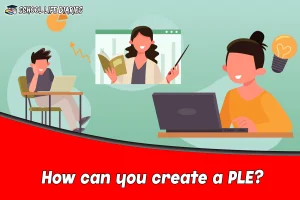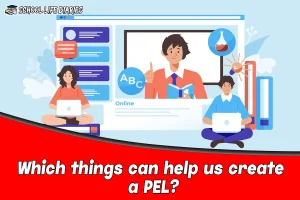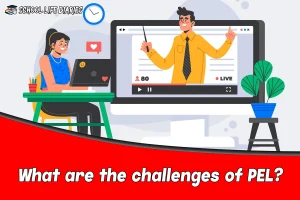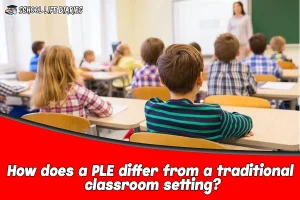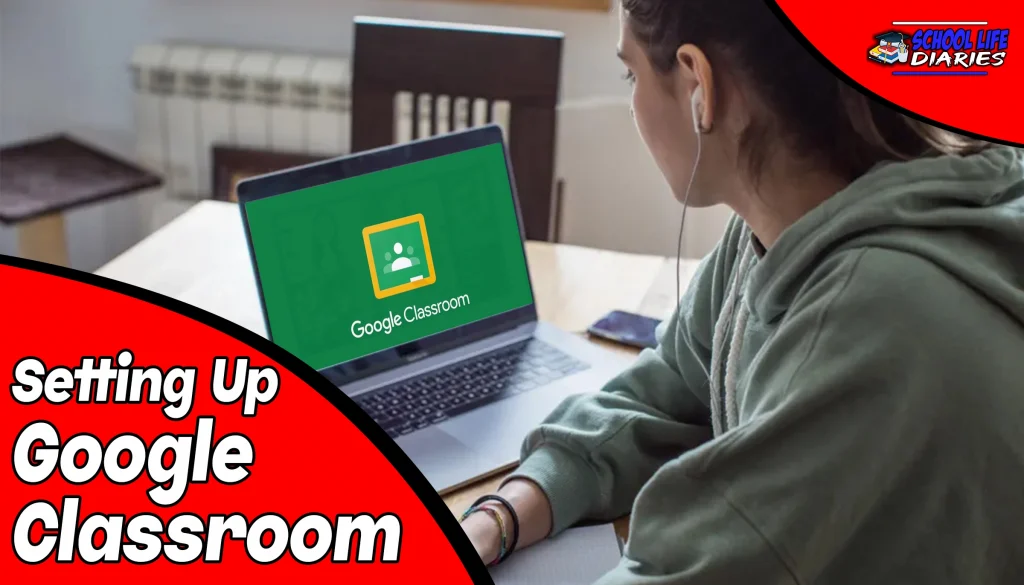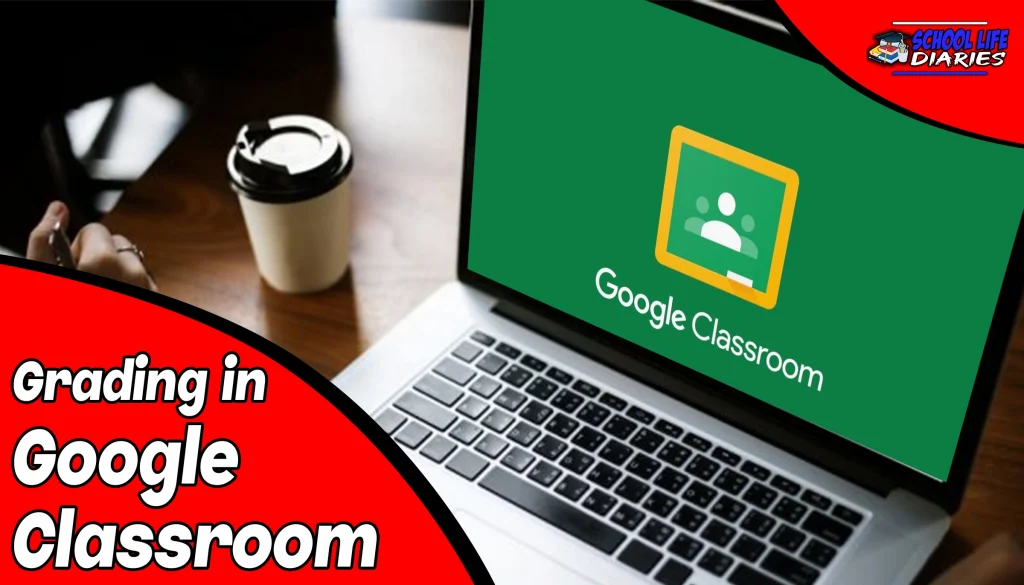Personal Learning Environments (PLEs) have emerged as a popular approach to education, providing individuals with the freedom and flexibility to shape their learning experiences according to their own needs and interests. What is PLE? A digital platform that allows learners to curate, organize, and share resources, collaborate with others, and engage in self-directed learning.
The concept of PLEs has gained momentum due to the increasing recognition that one-size-fits-all approaches to education may not cater effectively to the diverse learning styles and preferences of individuals.
Why PLE is important?
The significance of PLE lies in its ability to provide learners with a flexible learning environment that enhances their engagement, motivation, and overall learning experience. With the traditional classroom setting becoming increasingly outdated, it is crucial to embrace technology and adapt educational strategies to meet the needs of modern learners One of the key strategies for creating a PLE is through the integration of different online platforms such as social media, blogs, wikis, and e-learning platforms.
There are numerous benefits associated with PLE. Firstly, learners have access to an abundance of information beyond what is traditionally provided in textbooks or lectures. This enables them to explore topics more deeply according to their personal interests or career aspirations.
How can you create a PLE?
To facilitate the development of a Personal Learning Environment (PLE), individuals can establish an interconnected network of digital tools and platforms that cater to their specific learning needs. There are various tools and strategies available for creating a PLE, allowing learners to personalize their learning experience.
Another tool commonly used in creating a PLE is the use of content curation platforms like Pocket or Flipboard. These tools allow learners to collect, organize, and share articles, videos, or other resources that are relevant to their learning goals. This not only helps in keeping track of valuable information but also enables learners to build a personalized library of resources that they can revisit anytime.
Creating a Personal Learning Environment involves utilizing various digital tools and strategies that cater specifically to an individual’s learning needs. It offers advantages over traditional Learning Management Systems by providing greater freedom and personalization options for online learners. However, it also comes with challenges such as information overload and the need for self-discipline.
Which things can help us create a PEL?
One effective approach to developing a Personal Learning Environment (PLE) involves leveraging technology tools such as social media platforms and content curation tools. These tools provide learners with the ability to access a wide range of resources, connect with others in their field of interest, and customize their learning experience according to their individual needs and preferences.
Social media platforms like Twitter, Facebook, and LinkedIn can be utilized to follow experts in the field, participate in relevant discussions, and share resources with others. Content curation tools like Diigo or Pocket allow learners to save and organize online articles, videos, and other materials for easy access. With the help of technology tools and social interaction, learners can tailor their learning experiences according to their own goals, interests, and preferred learning styles.
What are the challenges of PEL?
Challenges in creating a Personal Learning Environment (PLE) include navigating information overload, maintaining self-discipline, and adapting to new technologies. One of the main challenges individuals face when implementing a PLE is the difficulty of managing and organizing vast amounts of information available on various platforms. This requires developing effective search strategies and critical evaluation skills to ensure quality information is obtained.
Another challenge associated with PLEs is the lack of structure compared to traditional learning environments. In formal educational settings, curricula are designed with specific objectives, timelines, and assessments in place. This lack of a predefined structure can be both liberating and overwhelming for individuals who may find it challenging to stay focused or motivated without external guidance.
What are the advantages of PLE? Write at least 7 benefits
An array of opportunities arise from the implementation of a Personal Learning Environment (PLE), including increased flexibility, personalized learning experiences, and enhanced engagement. One of the main benefits of PLE is personalization. With a PLE, learners have the freedom to choose their own learning materials, tools, and strategies that best suit their individual needs and preferences.
Another advantage of PLE is flexibility. Traditional educational settings often have rigid schedules and curriculum structures that may not cater to every learner’s unique circumstances or pace. Collaboration is also facilitated through PLEs. Learners can connect with peers who share similar interests or goals through online platforms or social networks within their PLEs.
PLE promotes continuous learning beyond traditional educational boundaries. It encourages individuals to cultivate a lifelong learning mindset by providing them with the tools and resources needed to pursue self-directed learning beyond formal education. This ability to adapt and learn continuously is crucial in today’s rapidly changing world where new knowledge and skills are constantly emerging.
What are the disadvantages of PLE? Write at least 7 benefits
A potential drawback of implementing a Personal Learning Environment (PLE) is the potential for information overload and lack of guidance in navigating the vast array of available resources. While PLEs offer learners the freedom to choose their own learning materials and tools, this also means that they must sift through an overwhelming amount of information to find what is relevant and reliable.
Another disadvantage of PLEs is the importance of self-discipline and motivation. In traditional educational settings, students often have external factors such as deadlines, grades, and teacher supervision that help keep them on track. However, with PLEs, learners are solely responsible for managing their own learning journey.
How does a PLE differ from a traditional classroom setting?
Contrasting the structure and dynamics of a traditional classroom, a Personal Learning Environment (PLE) offers learners the opportunity to tailor their learning experience according to their individual needs and preferences. This flexibility enables learners to explore topics at their own pace, delve deeper into areas of interest, and approach learning in a way that suits their unique learning style.
One significant benefit of PLE over the traditional classroom is the availability of diverse tools and resources. In a PLE, learners have access to an extensive array of online platforms, educational websites, multimedia materials, and interactive applications. These resources provide learners with opportunities for active engagement and self-directed exploration. Learners can choose from various formats such as videos, podcasts, articles, or simulations based on their preferences. The abundance of options empowers individuals to select resources that resonate with them personally and enhance their understanding of complex concepts.
Conclusion
Ples offers several advantages over traditional classrooms by providing customization options for individual needs while offering diverse resources for active engagement. However, the implementation process faces challenges related mainly to ensuring digital literacy among students along with managing time effectively.
This model requires learners’ adaptability while developing essential skills like critical thinking, self-direction, and organization. Overall, PLEs offer learners a unique opportunity to take control of their learning journey and foster a sense of autonomy and freedom in the pursuit of knowledge.


